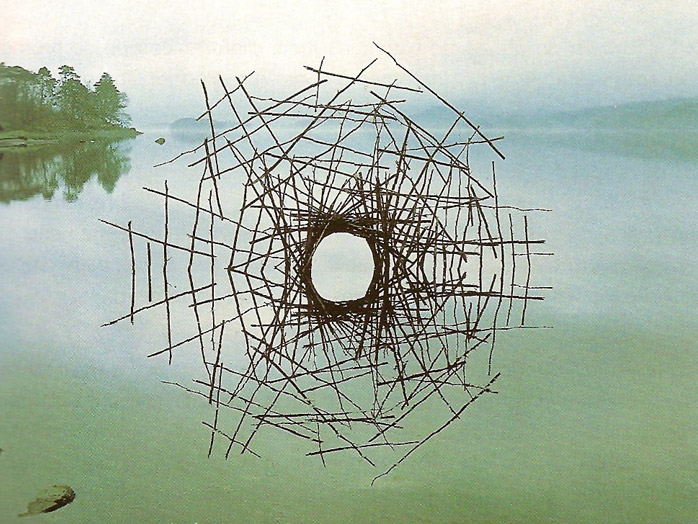Or is it? On 1st May, Forum for the Future helped launch a new book by famous systems thinker Fritjof Capra. Co-authored with Pier Luigi Luisi, an Italian professor of chemistry, The Systems View of Life is what the authors call a unifying vision for living sustainably on earth.
I wrote an earlier blog about Capra so this one is a few reflections after having listened to the authors’ lecture and read what is getting on for 70% of the book. Reflections not so much on the contents, but more on what it means for sustainability practitioners – whether they are active positive deviants or not. Because, however logical and attractive the science and arguments in the book may be (and they are), it is not immediately apparent how to how to get from understanding all that to implementation in the workplace.
Quality control
‘Thinking in systems’ means recognising that life on earth is not a collection of bits, but actually a vast network – or more accurately zillions of networks of every size. And realising that it is not the bits that count, but the network of relationships between them: “life is not localisable, it is a concert of interactions”. Pier Luigi Luisi uses the analogy of the human body to illustrate that it is the chemical interactions between all the parts that make the body alive. It is when the chemical ‘communication’ stops that the body dies – even though the ‘bits’ are still there.
Translate the way systems work in the biological world to our social systems and the same principles apply. It is not the individual ‘bits’ (humans!) who makes communities work, but the relationships between them. Of course, this is not an original insight. Ubuntu is short for an African phrase meaning ‘a person is a person because of people’, and there is an Islamic equivalent: ummah. But as Capra points out, to just use social networks is not enough. It is the interconnections – what is being communicated – that makes the network live. And just as chemicals have a ‘signature’ so does a network of people or organisations (usually called its values or culture). Right now, however, few of them are imbued with what Capra calls the science of quality, where the quality of our lives matters more than the quantity of what we consume.
Cherry picking
When I was telling a friend about all this they replied jokingly that they preferred to think of life as a bowl of cherries to pick from as they wanted, and that most people probably felt the same. Which is where the positive deviant approach can be really helpful. For example, at the heart of all the research about what people want (when they are not joking) are three things: to feel good about themselves, to feel good about their relationships and to feel good about the place where they live. The juiciest of cherries! And all about quality.
Open a conversation or a workshop with questions about how to get them and you soon find yourself in a discussion about all the systems which affect the quality of how we live – from education to environment, from governance to growth. The job of the positive deviant is to know enough about the science and the theory behind a systems view of life to maintain the momentum towards understanding through sustainability oriented questions.
Know your limits: contribute your best
One of the questions asked by the audience at the lecture was whether or not there was any limit to the systems view of life. Pier Luigi Luisi responded quickly: “yes, the fact that there are no limits to the networks of life. They go on for ever – in scale and number.” So without setting boundaries, a systems analysis of what, say, a local government or company does, can quickly become so complicated that all reasonable intervention points get lost. The trick here is to accept that sustainability – a future where quality for all life on earth is a priority – seems an action-deterringly big ask. But at the same time to recognise that success will not be orchestrated on that scale, but will be an aggregate of lots of smaller networks doing the right thing. So our company or local authority will be working on its contribution to sustainability – not forgetting to communicate its new learning and culture to as wide a range of neighbouring networks as possible.

